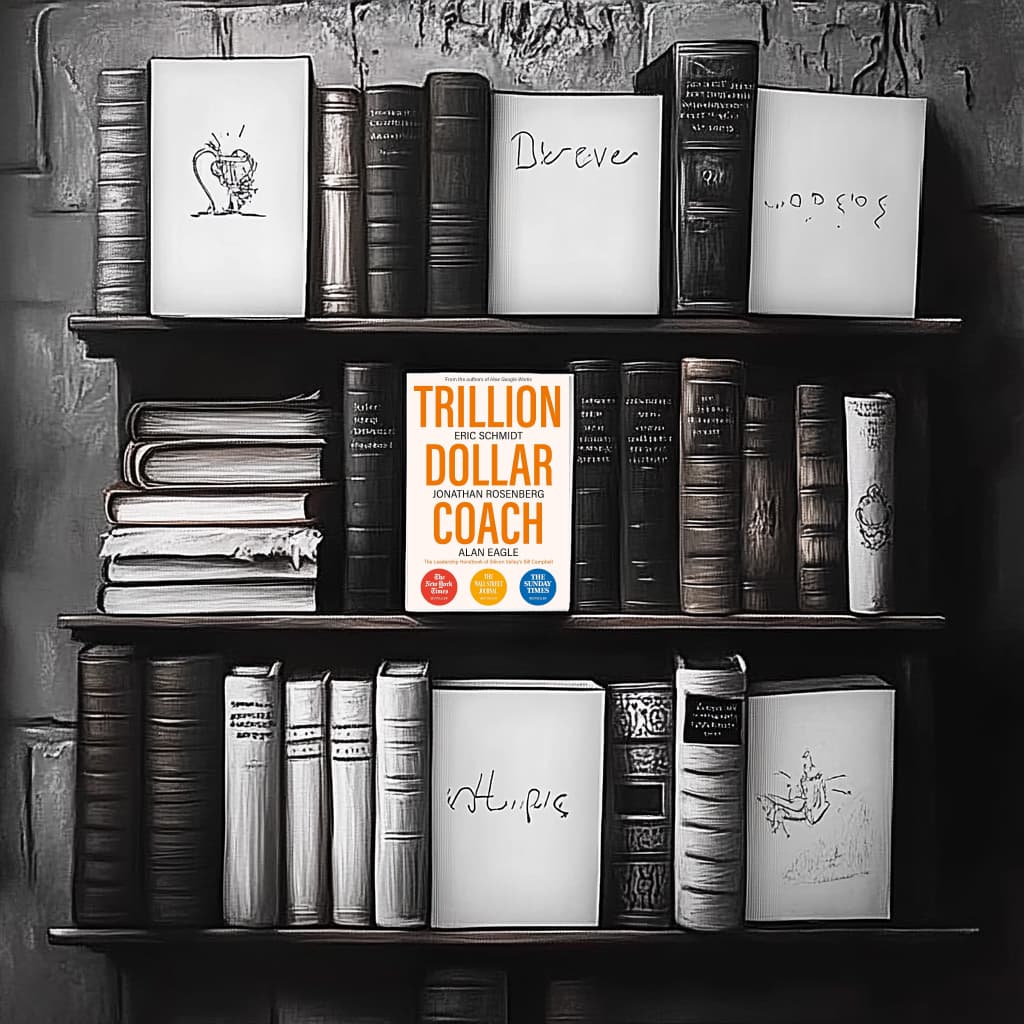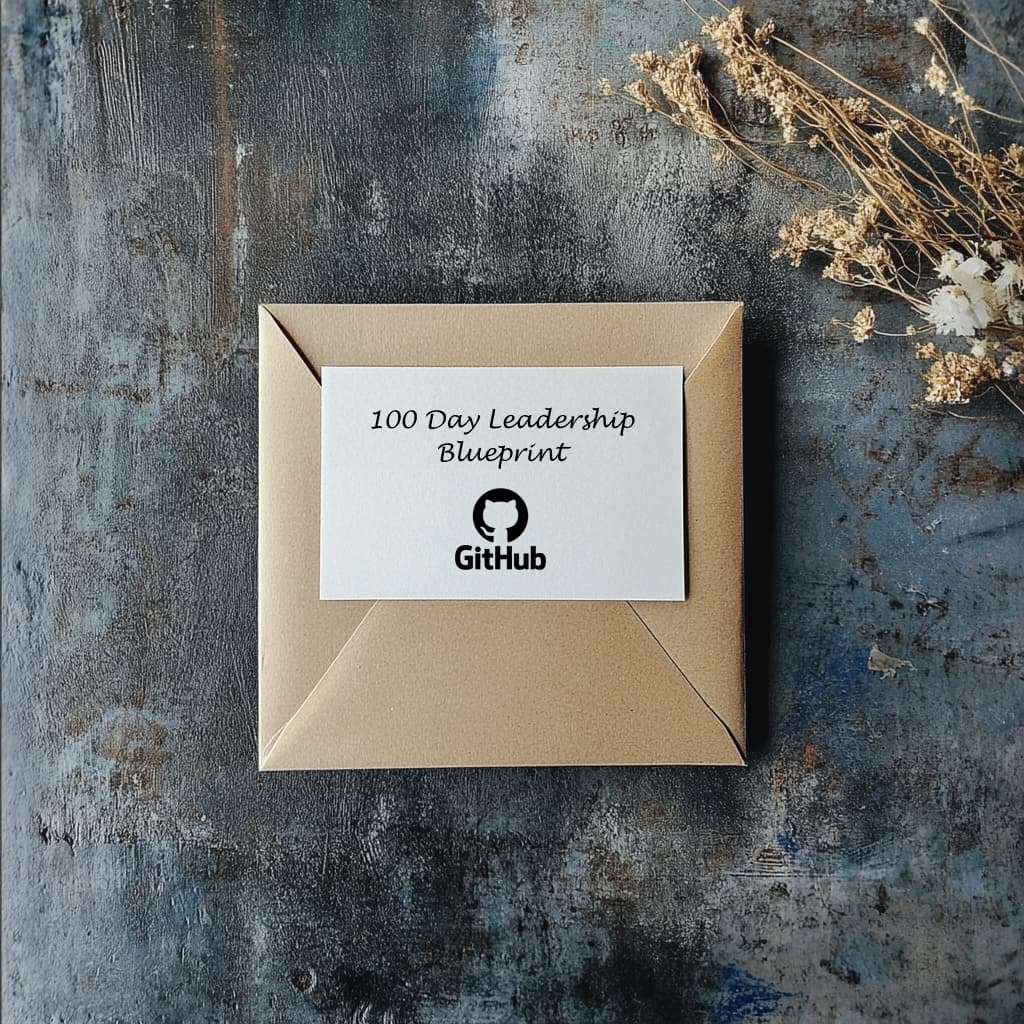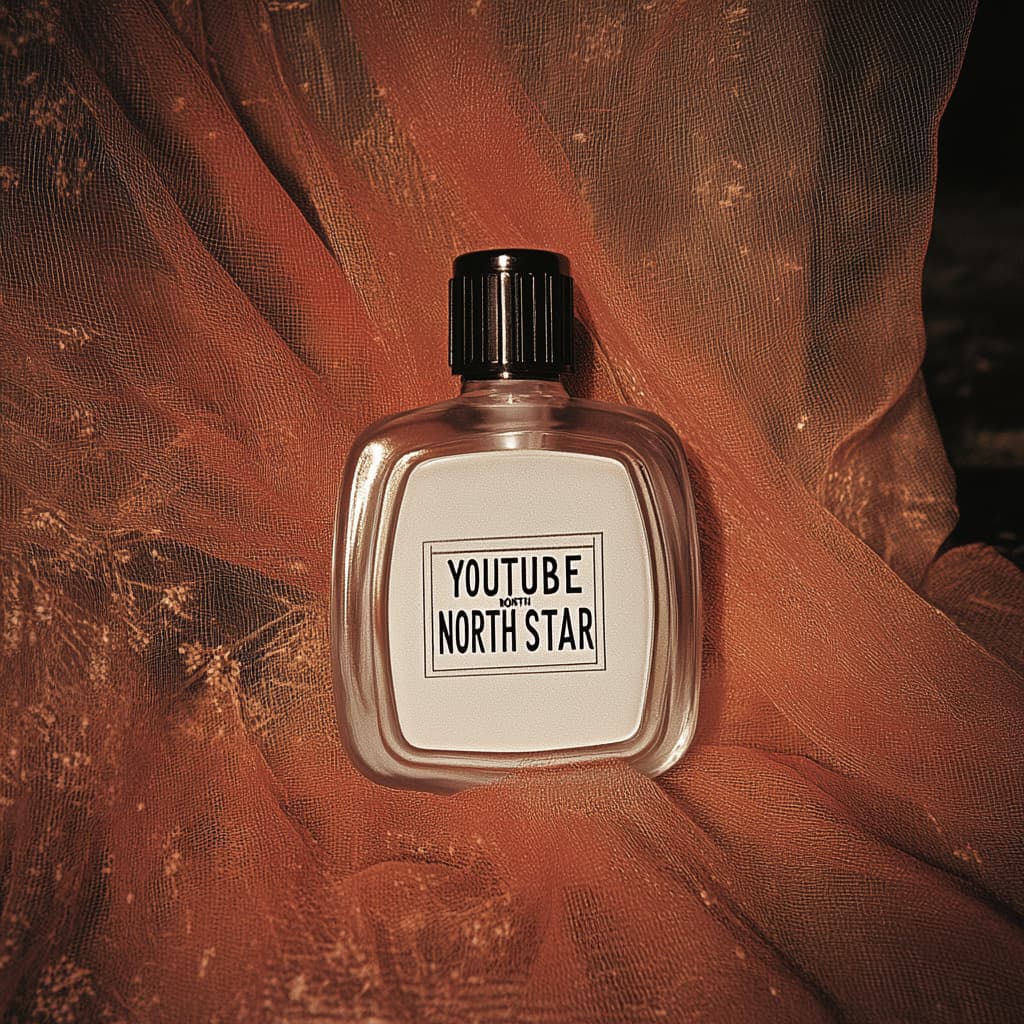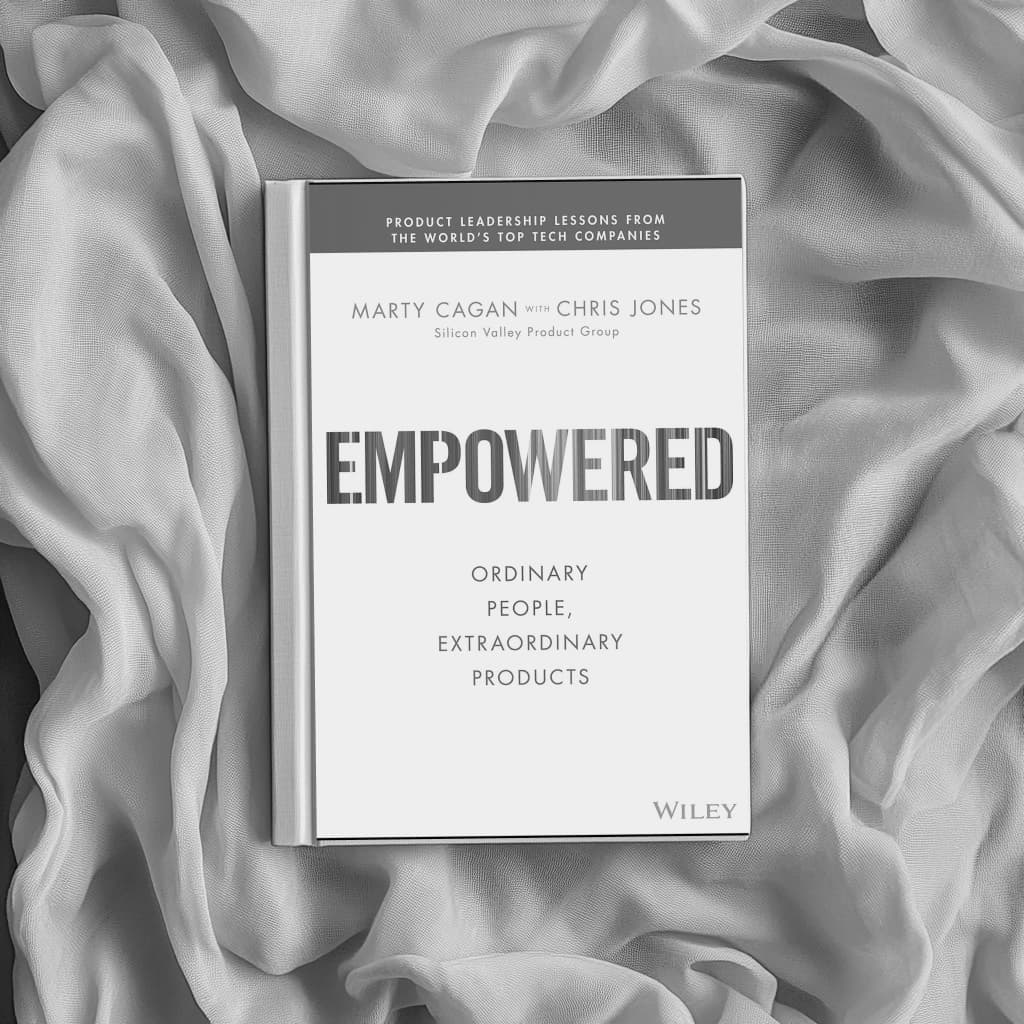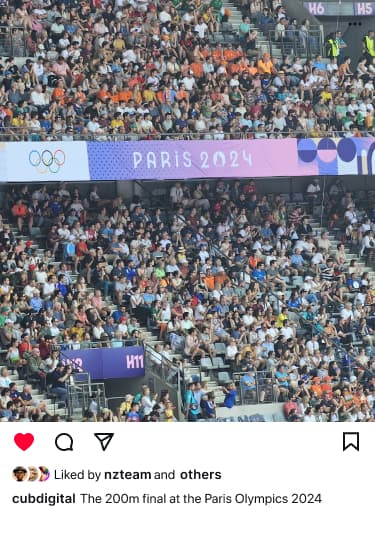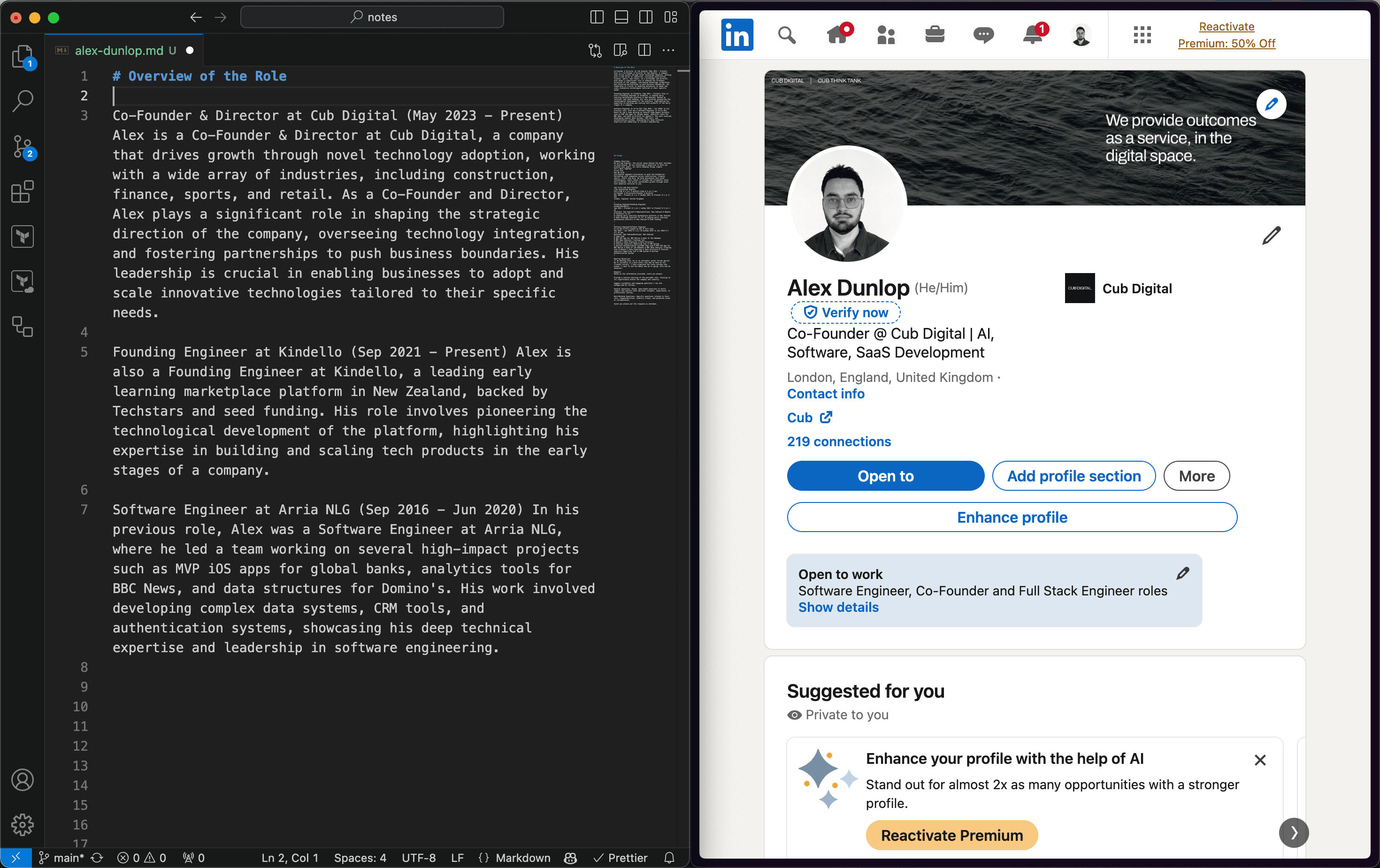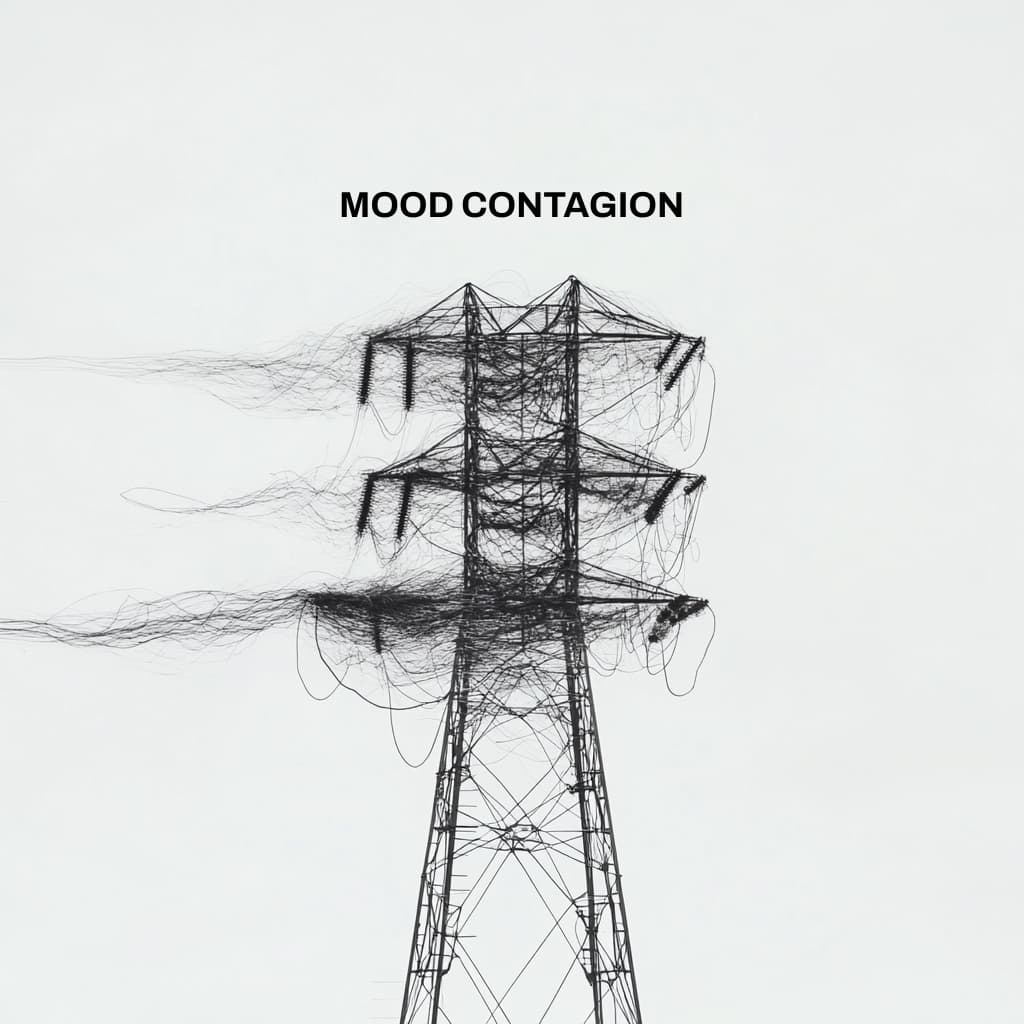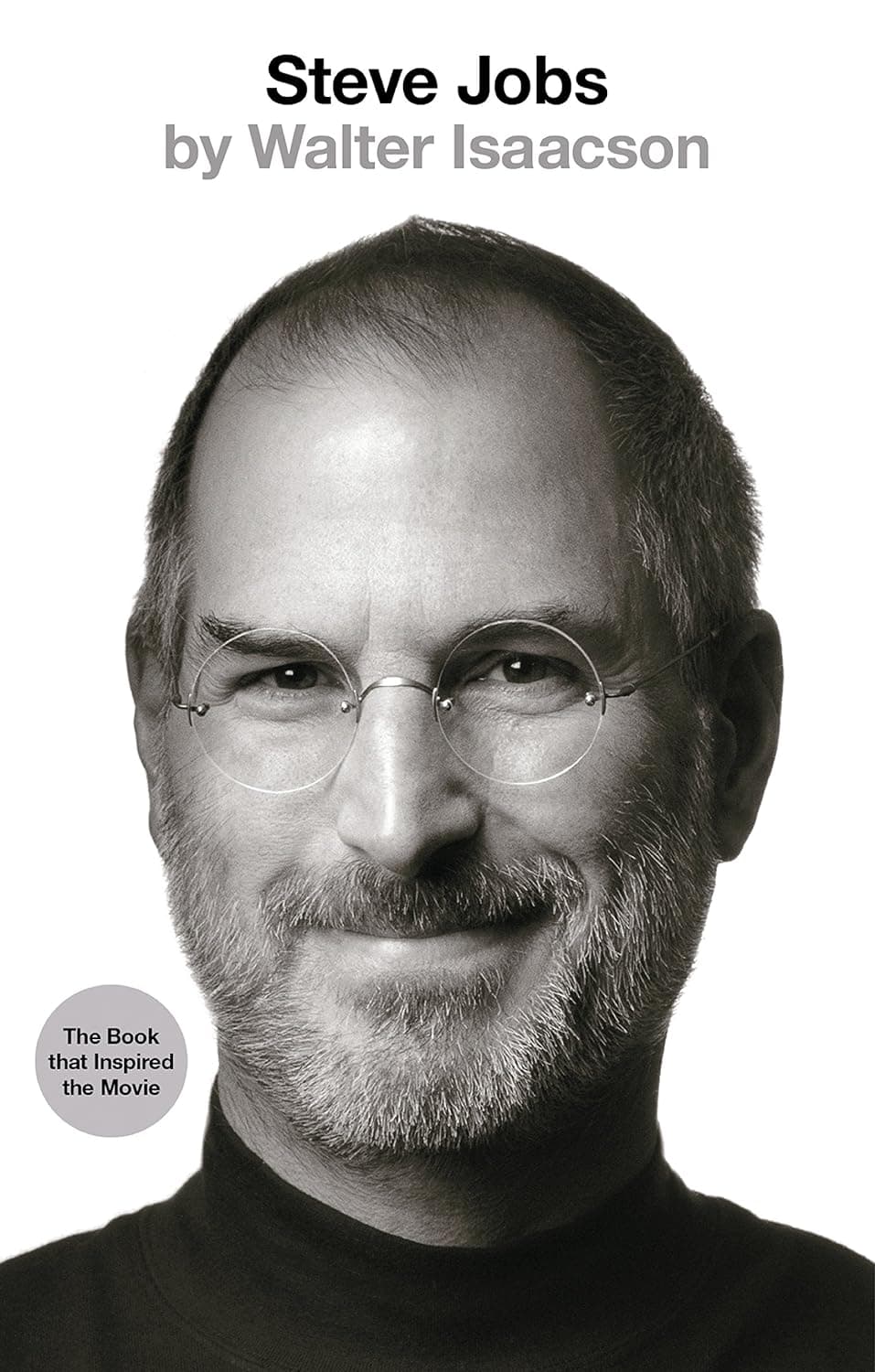Got a New Idea? - Use Amazon's Press Release Technique

GET THE #1 EMAIL FOR EXECUTIVES
Subscribe to get the weekly email newsletter loved by 1000+ executives. It's FREE!

Introuduction
Amazon stands out not just for its products, but for its unique approach to product development.
At the heart of this approach lies a powerful yet counterintuitive technique: writing a press release before the product even exists.
This method, known as "Working Backwards," has become a cornerstone of Amazon's operational excellence. Let's dive into why this technique is so effective and how you can apply it to your own projects.
The Amazon Way: Start with the End in Mind
Amazon's process begins not with a product spec, but with a press release. This isn't rushed—it's a carefully crafted document that imagines the product launch as if it were happening today.
It describes the product in detail, explains its benefits to customers, and even includes hypothetical customer quotes.
Jeff Bezos, Amazon's founder, explained the rationale behind this approach:

This customer-centric approach ensures that every product or feature is designed with the end-user in mind from the very beginning.
Why It Works: The Power of Narrative
The press release technique is effective for several reasons:
-
Clarity of Vision: Writing a press release forces the team to articulate clearly what the product does and why it matters.
-
Customer Focus: It puts the team in the shoes of the customer, ensuring the product solves real problems.
-
Simplification: If you can't explain the product simply in a press release, it's probably too complicated.
-
Excitement Test: If the team can't get excited about the press release, the product probably isn't worth pursuing.
Ian McAllister, former Director at Amazon, shared insights on this process:

The Press Release Structure
Amazon's press releases follow a specific structure:
- Heading: Name the product in a way the reader (i.e., your target customers) will understand.
- Subheading: Describe who the market for the product is and what benefit they get. One sentence only underneath the title.
- Summary: Give a summary of the product and the benefit. Assume the reader will not read anything else so make this paragraph good.
- Problem: Describe the problem your product solves.
- Solution: Describe how your product elegantly solves the problem.
- Quote from You: A quote from a spokesperson in your company.
- How to Get Started: Describe how easy it is to get started.
- Customer Quote: Provide a quote from a hypothetical customer that describes how they experienced the benefit.
- Closing and Call to Action: Wrap it up and give pointers where the reader should go next.
Real-World Example: Amazon Prime
Let's look at how this might have worked for Amazon Prime when it was just an idea:
Amazon Introduces 'Prime' - Unlimited Free Two-Day Shipping on Over a Million Items
For a flat annual membership fee of $79, Amazon customers now get all-you-can-eat free two-day shipping
Amazon.com today introduced Amazon Prime, a new membership program that, for a flat annual fee of $79, offers unlimited free two-day shipping on over a million in-stock items. The annual subscription applies to all eligible purchases, not just to individual orders. There is no minimum purchase amount.
Problem: Online shoppers often hesitate to make purchases due to shipping costs and delivery times.
Solution: Amazon Prime eliminates these concerns by offering fast, free shipping on millions of items for a predictable annual fee.
Quote: "Amazon Prime takes the effort out of ordering," said Jeff Bezos, founder and CEO of Amazon.com. "It's simple and convenient, and saves time and money. We expect Amazon Prime to be a pillar of our business for many years to come.".
This hypothetical press release clearly outlines the value proposition of Amazon Prime, addressing customer pain points and showcasing the benefits. It's easy to see how this would guide the development team in creating a service that truly resonates with customers.
Takeaways for Readers
So, how can you apply this technique to your own projects? Here are some key takeaways:
-
Start with the Customer: Before diving into product development, think deeply about your customer's needs and how your product will address them.
-
Write it Down: Force yourself to articulate your product vision in writing. If you can't explain it clearly in a press release, you need to refine your idea.
-
Focus on Benefits: Your press release should emphasize how your product will improve your customers' lives, not just list features.
-
Keep it Simple: If your press release is complicated, your product probably is too. Simplify until a layperson can understand the value proposition.
-
Test for Excitement: If your team isn't excited by the press release, customers probably won't be excited by the product. It might be time to go back to the drawing board.
-
Iterate: Use the press release as a living document. As you learn more about your customers and your product evolves, update the press release to reflect these changes.
-
Align Your Team: Use the press release as a north star to keep everyone focused on the same goals throughout the development process.
Conclusion
By adopting Amazon's press release technique, you're not just planning a product—you're crafting a vision of the future. This approach can help you create products that truly resonate with customers and stand the test of time.
So, next time you're starting a new project, why not try writing that press release first? You might be surprised at how it shapes your thinking and guides your development process. After all, if it works for one of the world's most innovative companies, it might just work for you too.
